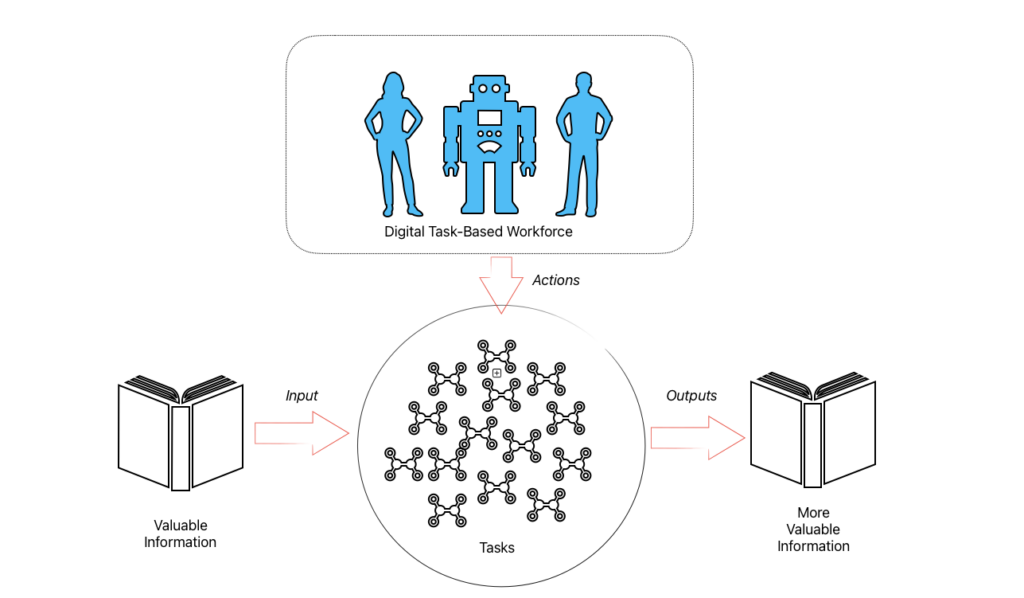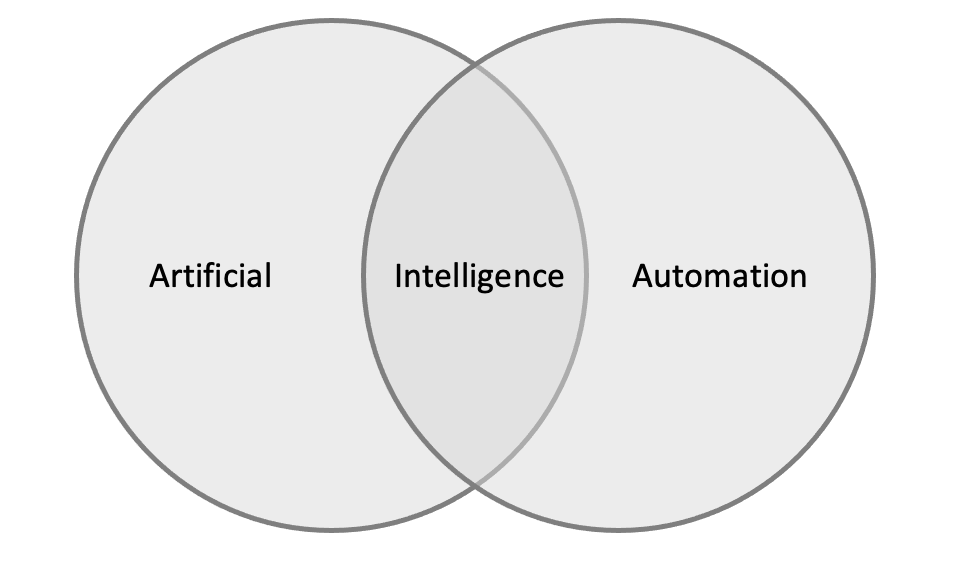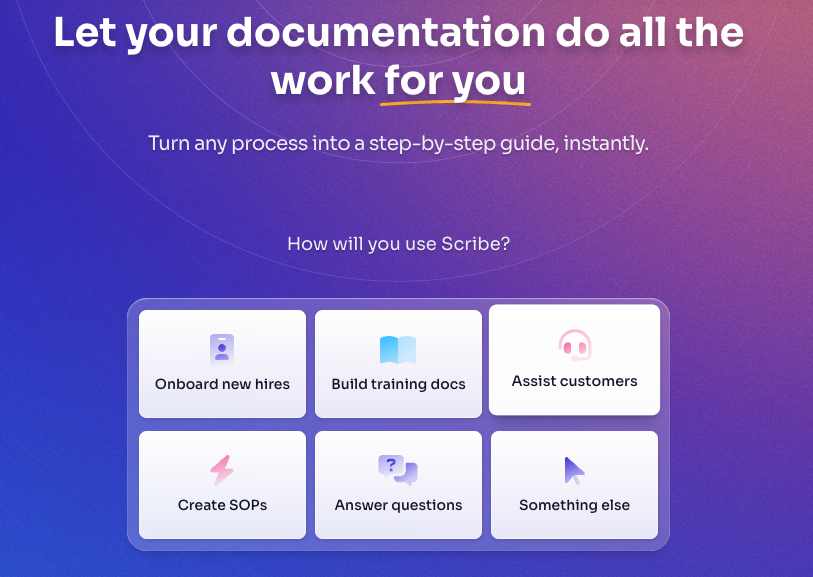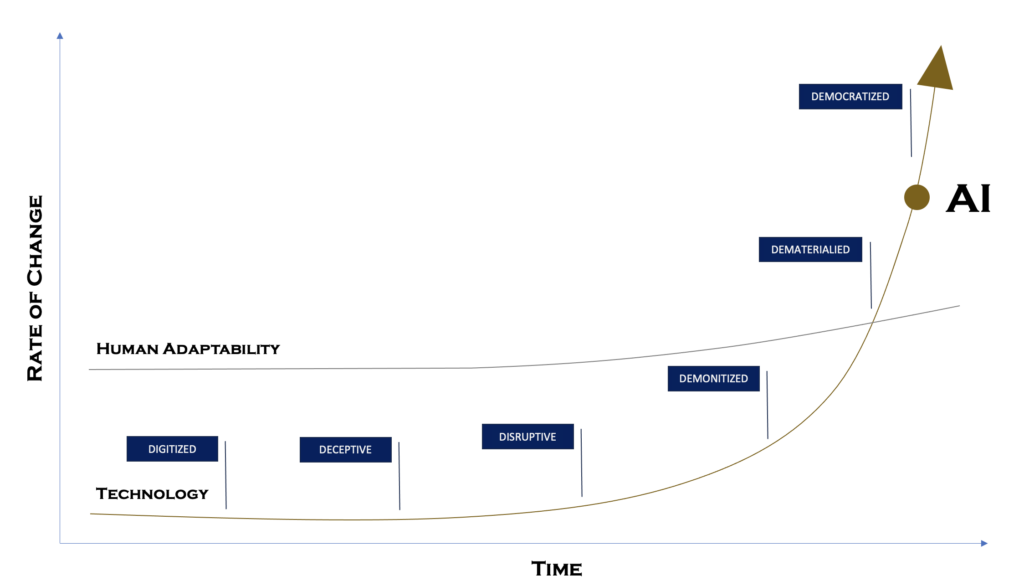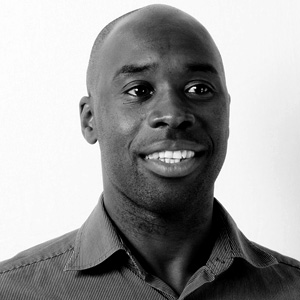Apr 21, 2024 0
From AI Agents to AI Companions
As a teenager, I devoured ‘The Culture’ series by Iain M. Banks, which started in 1986. The series portrays ‘The Culture’ as a society that has moved beyond scarcity, where AIs play a crucial role in governance and societal structure. That’s right, many AI agents. Minds and Subminds possessing vast computational capabilities, personality and autonomy. Drones that service as assets, workers, and companions. And finally avatars that were physical extensions of other AIs us to interact with more directly with with biological beings. Banks was ahead of his time, exploring the co-existence of AI and humans.
AI Agents to AI Companions
The narrative of AI agents as human partners is still unfolding. Today AI agents are clunky, task-based, and largely confined to the realm of the tech-savvy. In the corporate world, AI agents, or co-pilots, are increasingly augmenting the digital workforce. Our AI agents summarize meetings, write blogs post, perform customer service, and make recommendations. But can they confidently unload your inbox. I don’t think so. That requires a higher level of sophistication, tact, planning, and intelligence.
However, in our domestic lives, we desire AI companions that help us accomplish more. And I prefer the term ‘companion’ over the corporate terms like ‘agents,’ ‘partners,’ and ‘co-pilots’. I want the trust of a companion with whom I can do things on a deeply personal and creative level. I wouldn’t share my companion, and my companion wouldn’t be suited to anyone else. My companion is an extension of myself. My AI companion could organize my wife’s 40th birthday party for me. However, my AI agent would make recommendations for venues with enough prompting. We aren’t there yet with AI companions, but that’s the goal.
So, add The Culture series to your reading list for a glimpse into the near future.
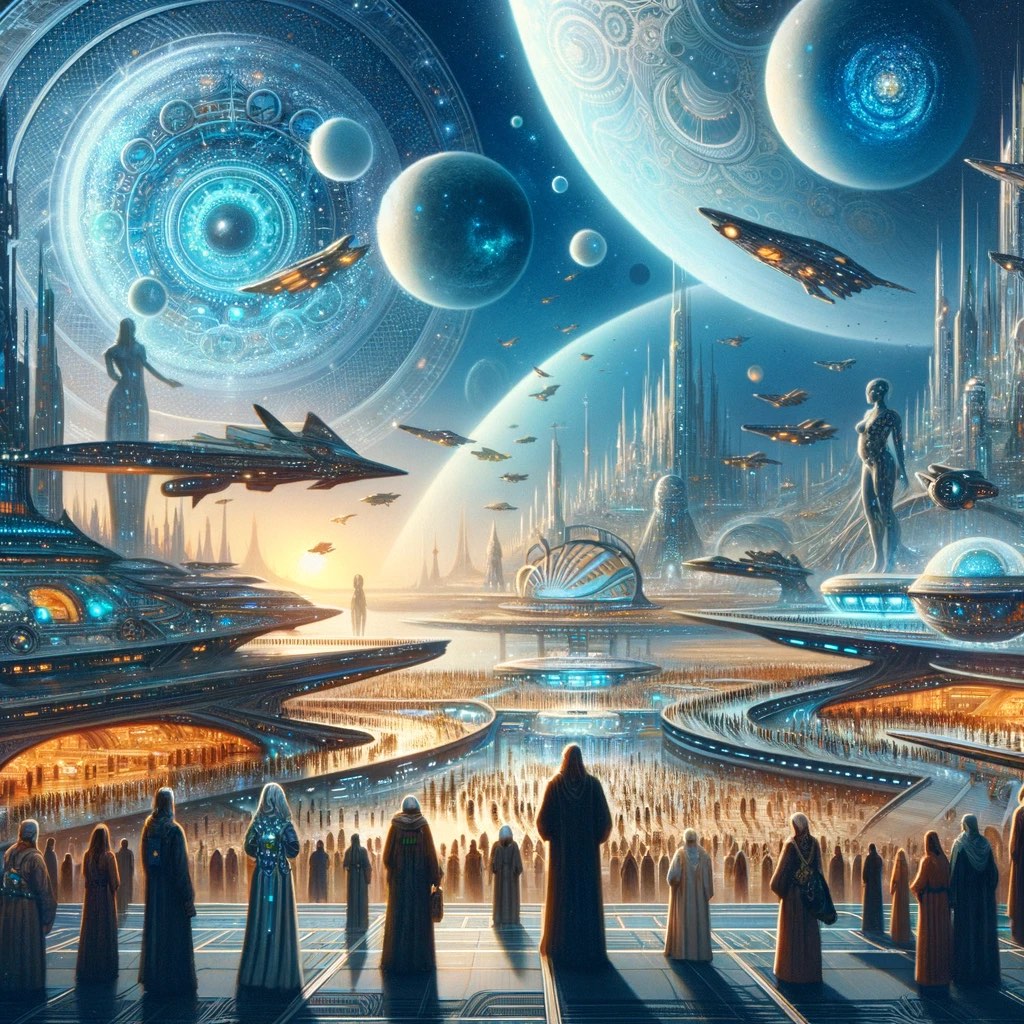
The Culture Series
- Consider Phlebas (1987) – The first published novel of the series, set during the Idiran-Culture War.
- The Player of Games (1988) – Follows a Culture citizen who is an expert game player that is recruited by the Culture.
- Use of Weapons (1990) – Centers on an operative in the Special Circumstances division of the Culture.
- The State of the Art (1991) – A collection of short stories and a novella, with the title story dealing directly with the Culture.
- Excession (1996) – Involves the Culture’s encounter with an enigmatic and powerful artifact known as the Excession.
- Inversions (1998) – A novel that can be read as a Culture book or as a standalone story, featuring two parallel stories that may involve Culture agents.
- Look to Windward (2000) – Set in the aftermath of the Idiran-Culture War, focusing on the effects of the war on different individuals.
- Matter (2008) – Explores the interactions of advanced and primitive societies within the Culture’s universe.
- Surface Detail (2010) – Deals with the ethics of simulated realities and the afterlife.
- The Hydrogen Sonata (2012) – The final novel published before Banks’ death, concerning a civilization preparing to Sublime, a concept frequently mentioned in the series.


